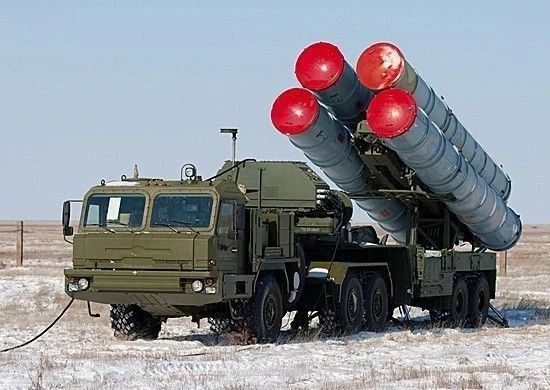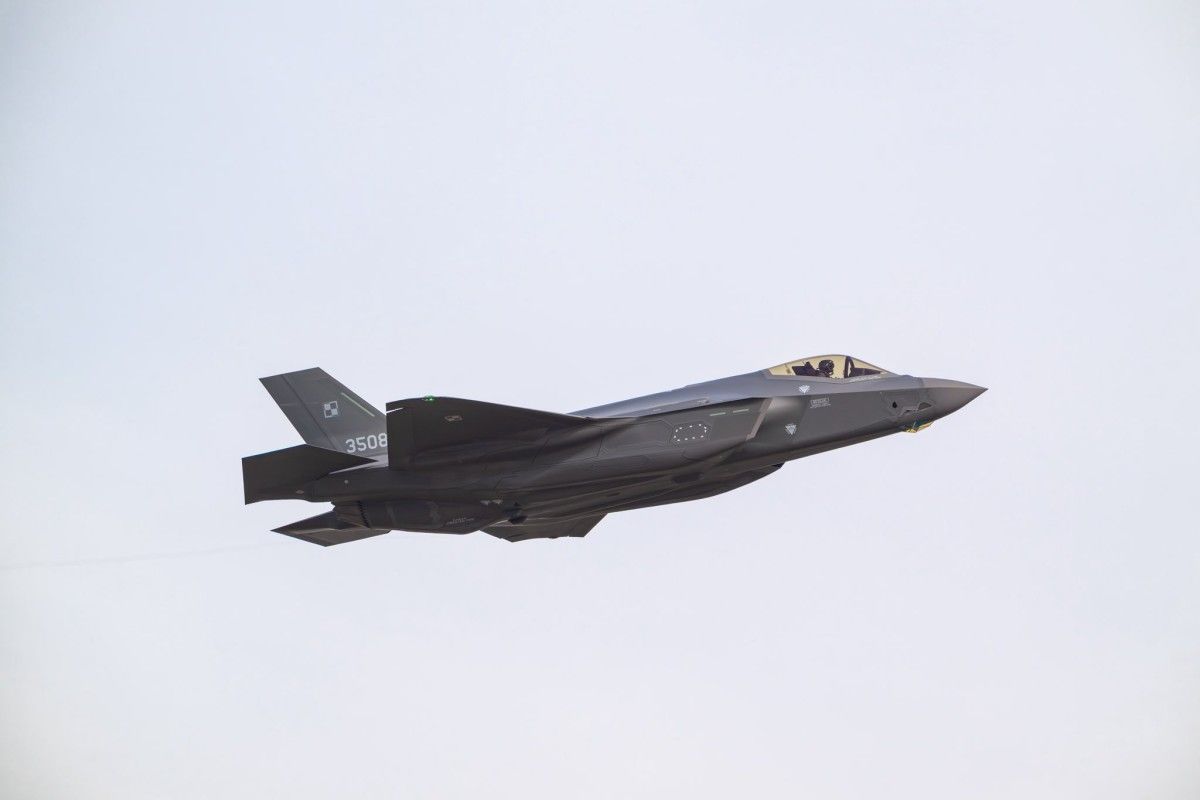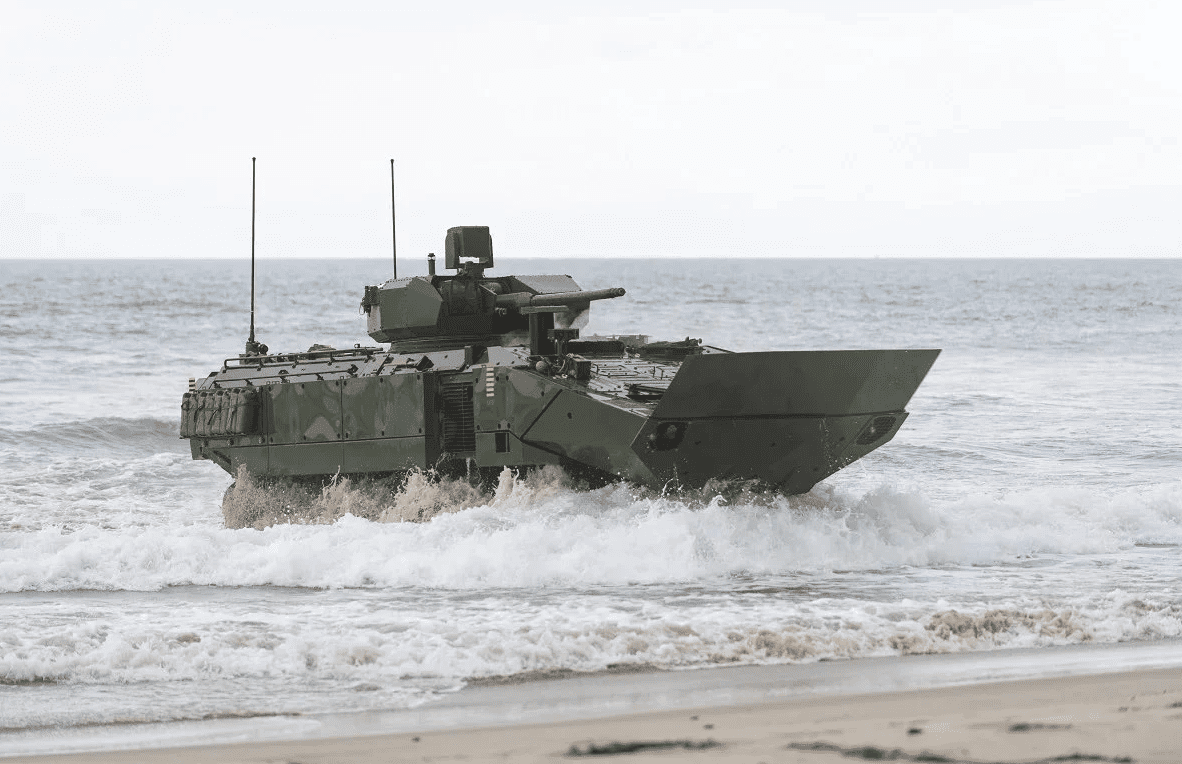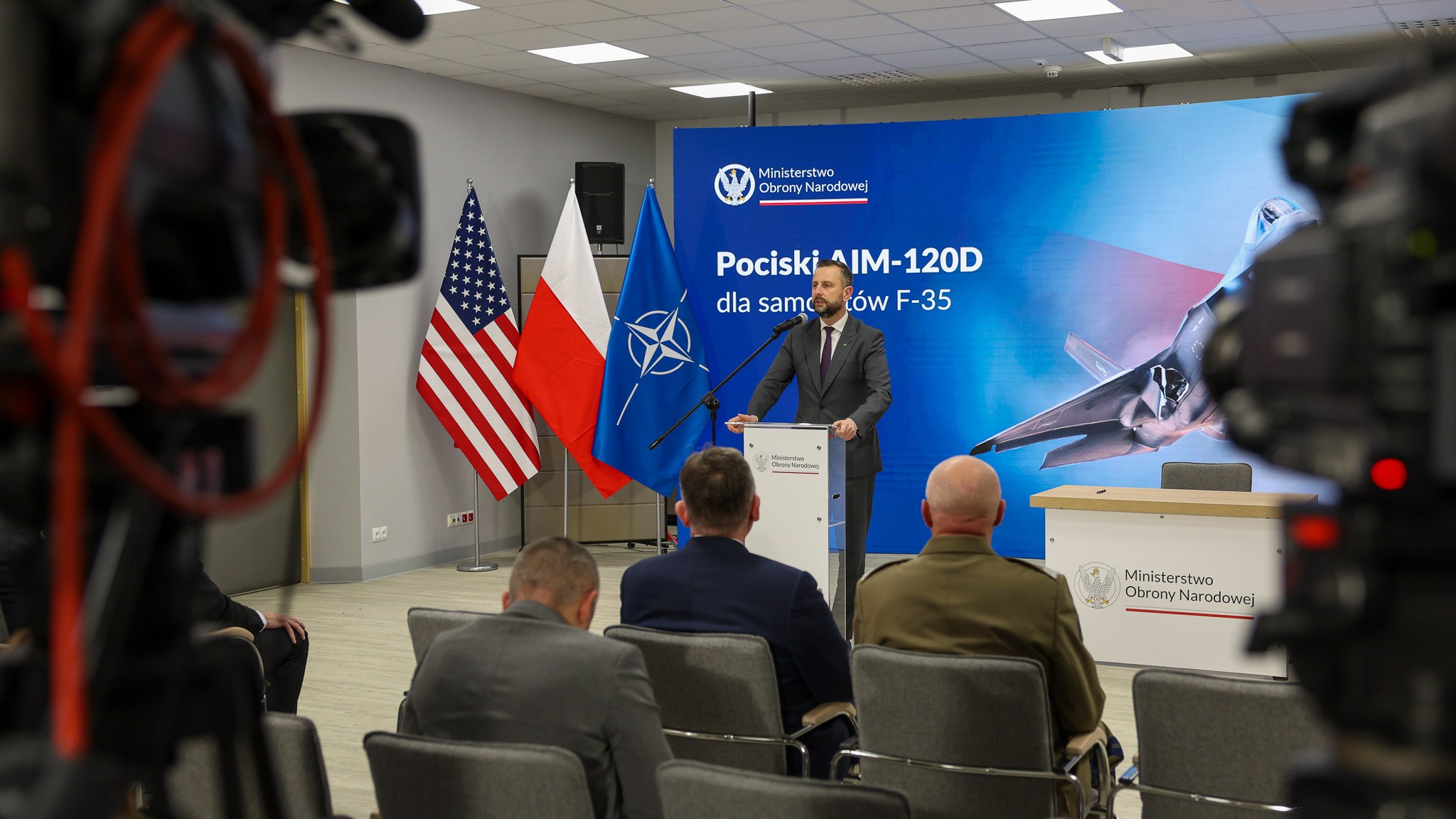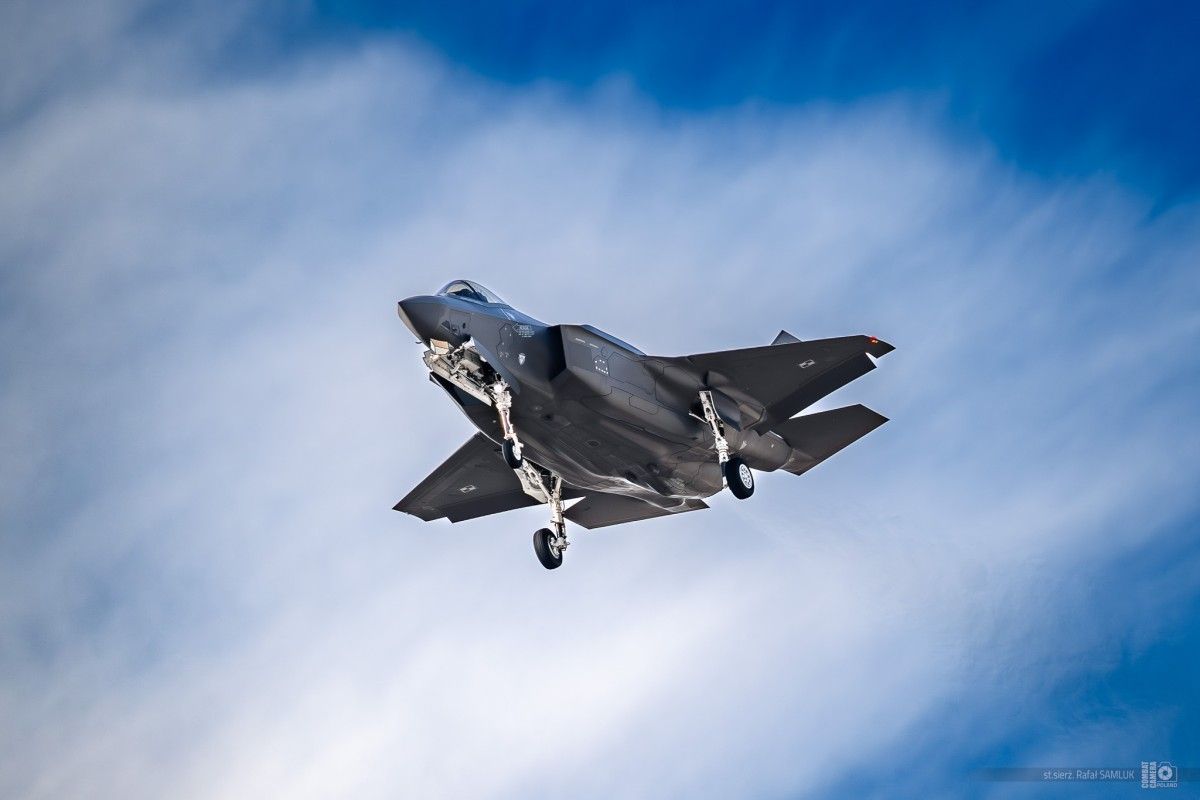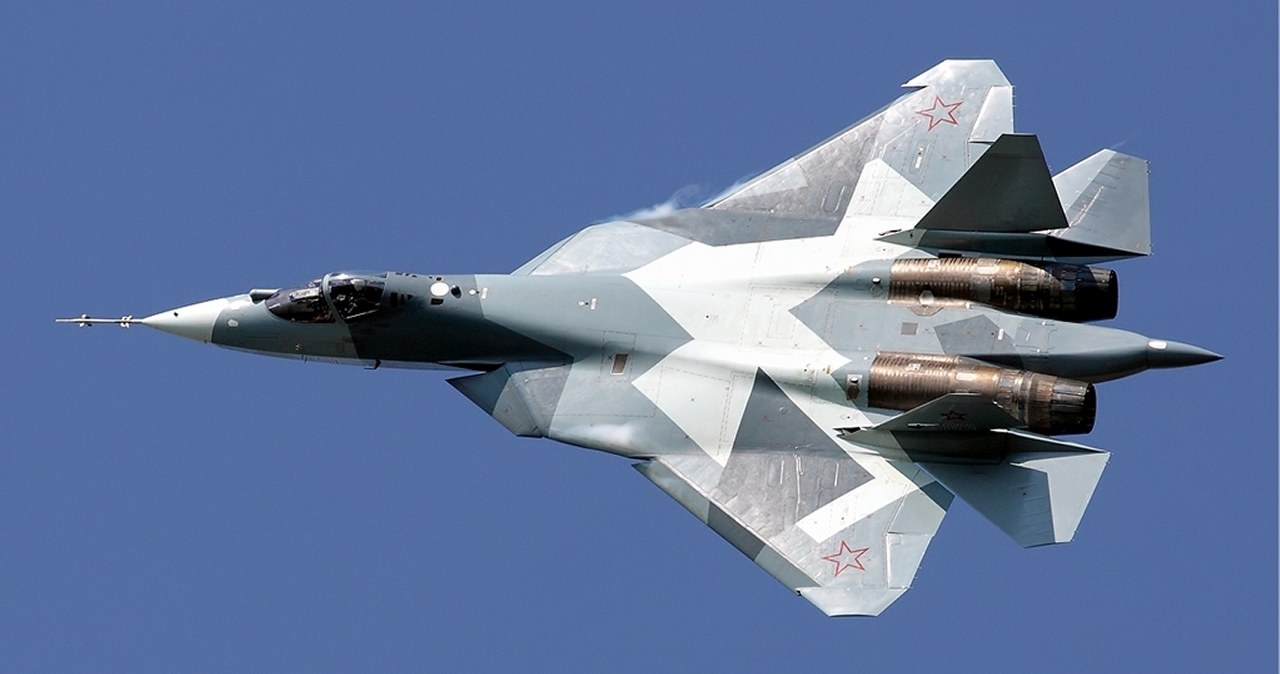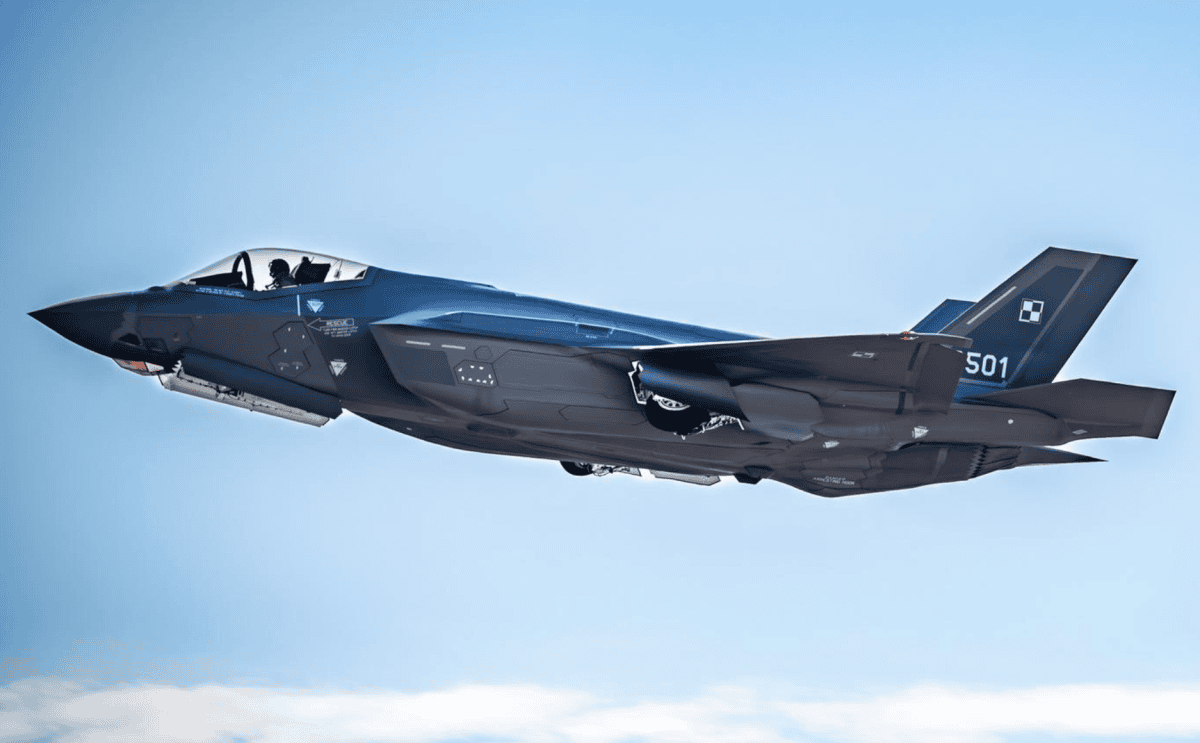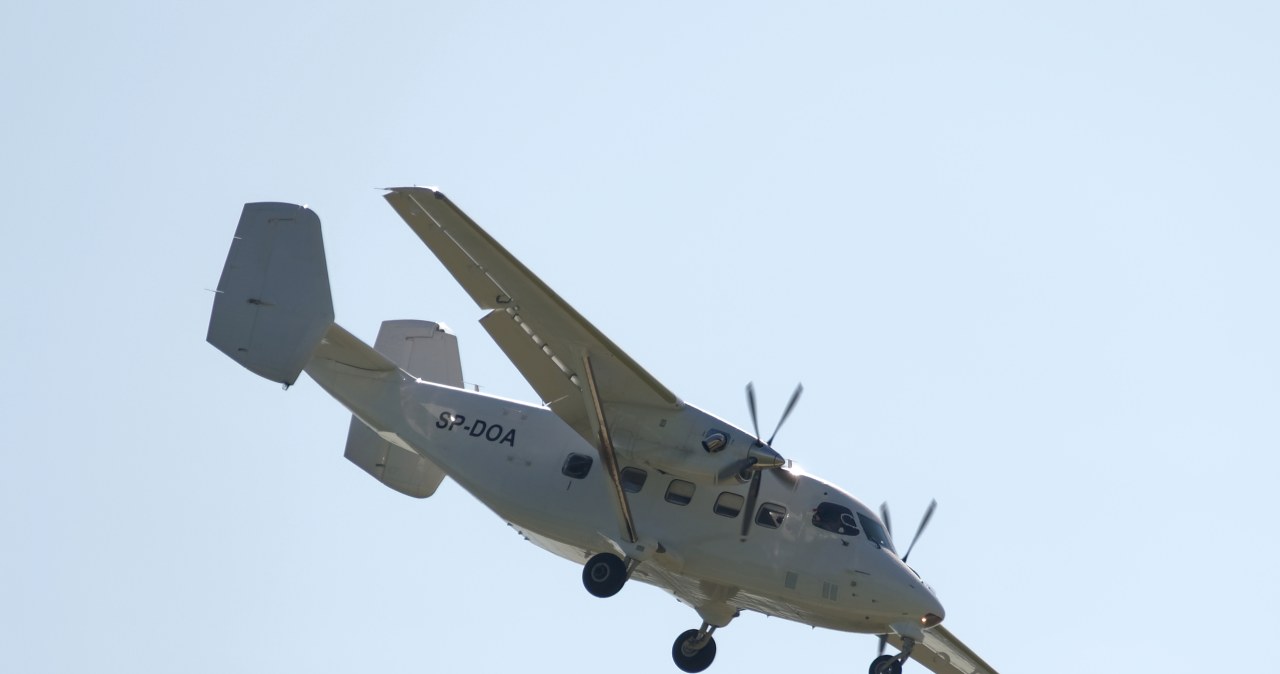
THIRUVANANTHAPURAM— A Royal Air Force (RAF) Airbus A400M Atlas arrived at Thiruvananthapuram International Airport (TRV) on Sunday (July 6, 2025), carrying a 24-member team from the United Kingdom to inspect a grounded F-35B fighter jet.
The British F-35B, operated by the Royal Navy, has remained at TRV for nearly three weeks following an emergency landing. The team includes 14 RAF technical experts and 10 crew members who will evaluate the jet’s repair prospects onsite.
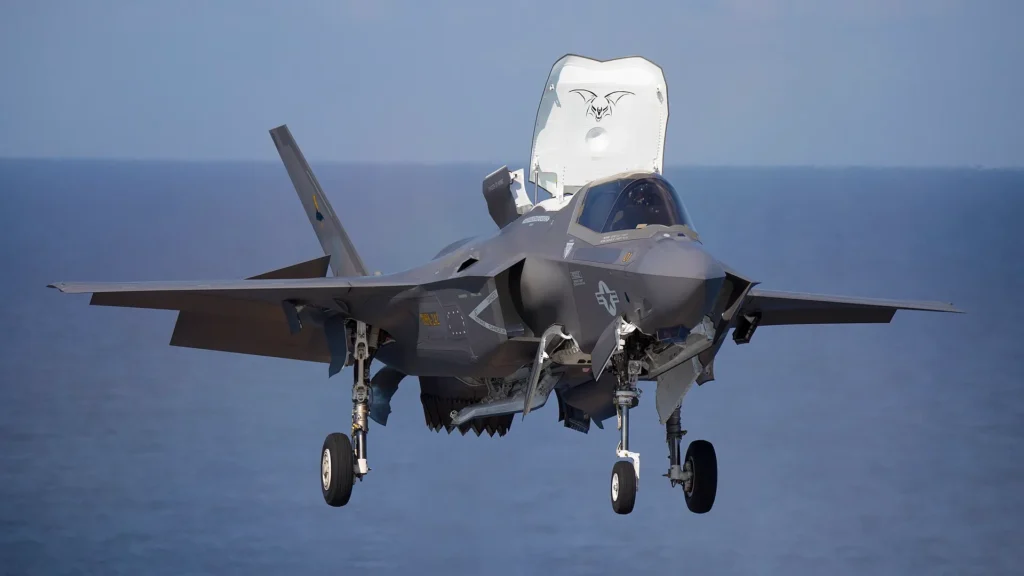 F-35 Lightning II; Photo- Wikipedia
F-35 Lightning II; Photo- WikipediaBritish Team to Inspect F-35B
The Airbus A400M Atlas, larger than the C-130 Hercules but smaller than the C-17 Globemaster, departed after unloading personnel and equipment. However, British technical experts have stayed behind in Kerala to examine and possibly repair the fifth-generation stealth fighter.
Initial evaluations aim to determine whether the aircraft can be fixed locally or must be dismantled and transported to the UK.
Given the size and complexity of the F-35B, even disassembly might not allow for transport via the A400M. If repatriation becomes necessary, the UK may need to deploy a larger C-17 Globemaster aircraft.
British F-35B jet being moved to the hangar from its grounded position in India.
: Vani Mehrotra pic.twitter.com/NOtZpIgHgr
— Turbine Traveller (@Turbinetraveler) July 6, 2025
Sources of NDTV indicate that the focus of the British team may involve resolving hydraulic system issues, which would potentially allow the aircraft to be flown back to its home base under its own power.
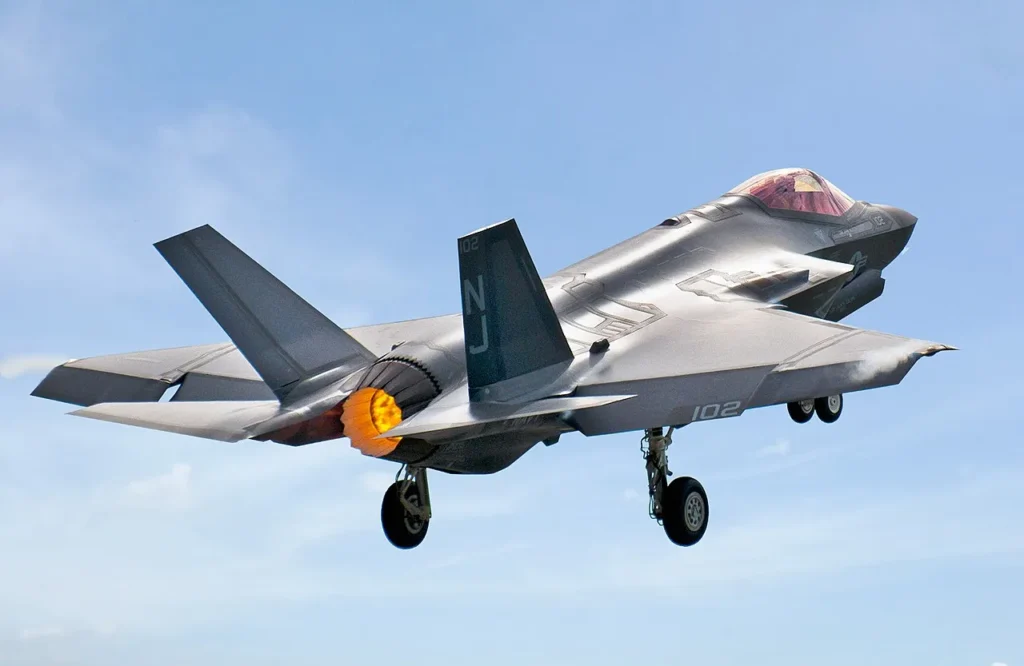 F-35 Lightning II; Photo- Wikipedia
F-35 Lightning II; Photo- WikipediaIndia Offers MRO Facility for Jet Repairs
In a formal statement, the British High Commission confirmed that the UK accepted India’s offer to use a local Maintenance, Repair and Overhaul (MRO) facility at TRV. Discussions are currently underway with Indian authorities to finalize logistics and approvals for the relocation of the jet within the airport premises.
“A UK engineering team has deployed to Thiruvananthapuram International Airport to assess and repair the UK F-35B aircraft, which landed following an emergency diversion,” the statement said.
It further noted that the aircraft will be moved only after proper arrangements are completed and specialist repair equipment is on-site. The UK expressed gratitude to India for its logistical support and cooperation throughout the process.
Public Interest and Social Media Buzz in Kerala
The high-profile presence of the F-35B stealth fighter in Kerala has triggered widespread curiosity and social media engagement.
Kerala Tourism initiated the trend with a witty post showcasing the aircraft, followed by quirky posts from entities like Milma, Kerala Police, and the State AIDS Control Society.
This unexpected event has not only highlighted the complexity of international military logistics but also become a unique public spectacle in southern India.
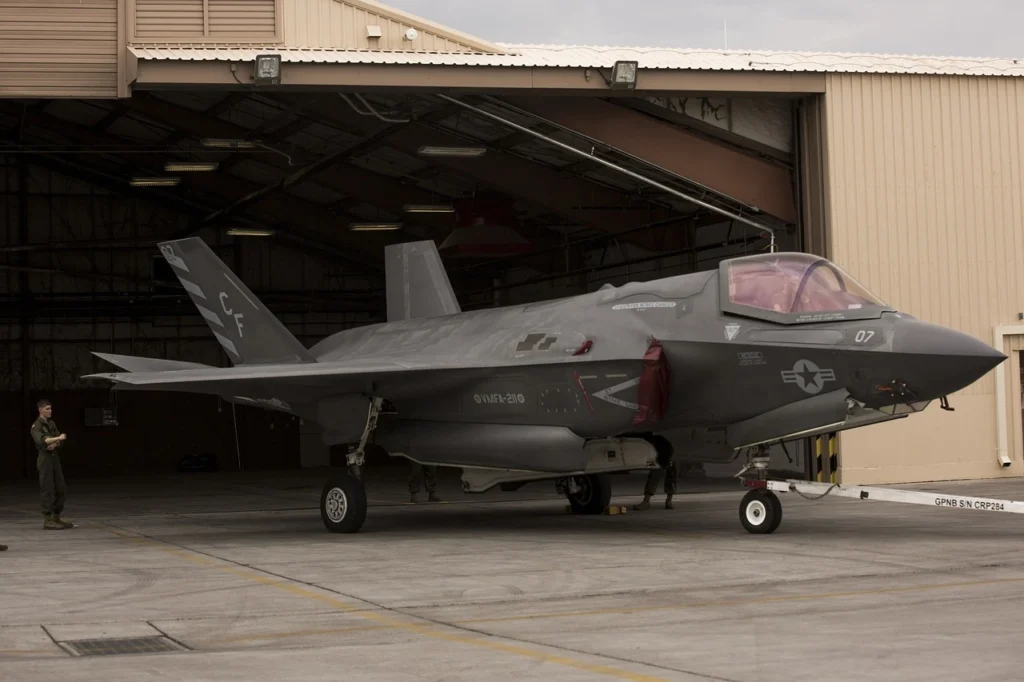 Photo: Needpix.com
Photo: Needpix.comAbout the F-35 Fighter Jet
The F-35B, developed by Lockheed Martin and flown by the U.S. Marine Corps, Royal Navy, and Italian Air Force, is the world’s first supersonic short takeoff and vertical landing (STOVL) stealth fighter.
Designed for deployment from forward operating bases and ships without catapults, the F-35B enhances operational flexibility for allied forces across U.S. (MCAS Yuma – NYL), UK (RAF Marham – KNF), and Italy (Amendola Air Base – QAO).
The F-35B is a unique variant of the Joint Strike Fighter family. Its STOVL design enables takeoff from short runways and vertical landing on compact decks like those of amphibious assault ships. This capability is critical for rapid deployment and support in contested environments where conventional airstrips may be unavailable.
Equipped with a Pratt & Whitney F135 engine and a swiveling exhaust nozzle, the aircraft achieves a maximum speed of Mach 1.6 even with a full internal weapons load. This ensures that its stealth is not compromised by external ordnance, a key requirement for survivability in high-threat regions.
The aircraft’s stealth profile includes radar-absorbing materials, carefully aligned surfaces, and internal weapon bays, allowing it to evade detection while penetrating defended airspace. It combines these with advanced electronic warfare tools and sensors, turning it into a dominant force in any modern air campaign.
The Versatility and Power Behind the F-35B
The F-35B is a unique variant of the Joint Strike Fighter family. Its STOVL design enables takeoff from short runways and vertical landing on compact decks like those of amphibious assault ships. This capability is critical for rapid deployment and support in contested environments where conventional airstrips may be unavailable.
Equipped with a Pratt & Whitney F135 engine and a swiveling exhaust nozzle, the aircraft achieves a maximum speed of Mach 1.6 even with a full internal weapons load. This ensures that its stealth is not compromised by external ordnance, a key requirement for survivability in high-threat regions.
The aircraft’s stealth profile includes radar-absorbing materials, carefully aligned surfaces, and internal weapon bays, allowing it to evade detection while penetrating defended airspace. It combines these with advanced electronic warfare tools and sensors, turning it into a dominant force in any modern air campaign.
Sensor Fusion and Data Sharing
A hallmark of the F-35B is its advanced sensor suite. The AN/APG-81 AESA radar, Distributed Aperture System (DAS), and Electro-Optical Targeting System (EOTS) fuse data into a single view of the battlefield. This information is projected directly onto the pilot’s helmet-mounted display, providing full situational awareness with real-time threat analysis, targeting cues, and night vision.
The fighter acts as a data-sharing node, linking air, land, sea, and even unmanned systems. This network-centric capability ensures that commanders and other assets receive timely, precise updates, dramatically improving coordination and lethality in joint operations.
Proven in Combat, Built for the Future
Operational across three continents, the F-35B has already demonstrated its combat effectiveness in missions over the Middle East. Its ability to operate from smaller aircraft carriers, like the UK’s HMS Queen Elizabeth, or remote fields gives NATO and allied forces unmatched global reach.
Furthermore, the aircraft is built for continual upgrades. The F-35B’s open-architecture software enables rapid integration of emerging technologies. Current modernization programs focus on improving sensor range, electronic warfare capabilities, and integration of next-generation weapons.
Global Operators and Deployment Flexibility
The F-35B is actively deployed by:
- United States Marine Corps (MCAS Iwakuni – RJOI, MCAS Yuma – NYL)
- United Kingdom Royal Navy and RAF (RAF Marham – KNF, HMS Queen Elizabeth)
- Italian Air Force and Navy (Amendola Air Base – QAO)
Its compact footprint enables takeoff from non-traditional bases such as forward landing strips, austere islands, or flight decks of amphibious ships—a major advantage for expeditionary and high-intensity warfare scenarios.
Stay tuned with us. Further, follow us on social media for the latest updates.
Join us on Telegram Group for the Latest Aviation Updates. Subsequently, follow us on Google News
UK Buys 12 Units of Most Expensive Fighter Jet in the World
The post British Team of 34 to Inspect Most Expensive Fighter Jet in the World Stranded in India appeared first on Aviation A2Z.

